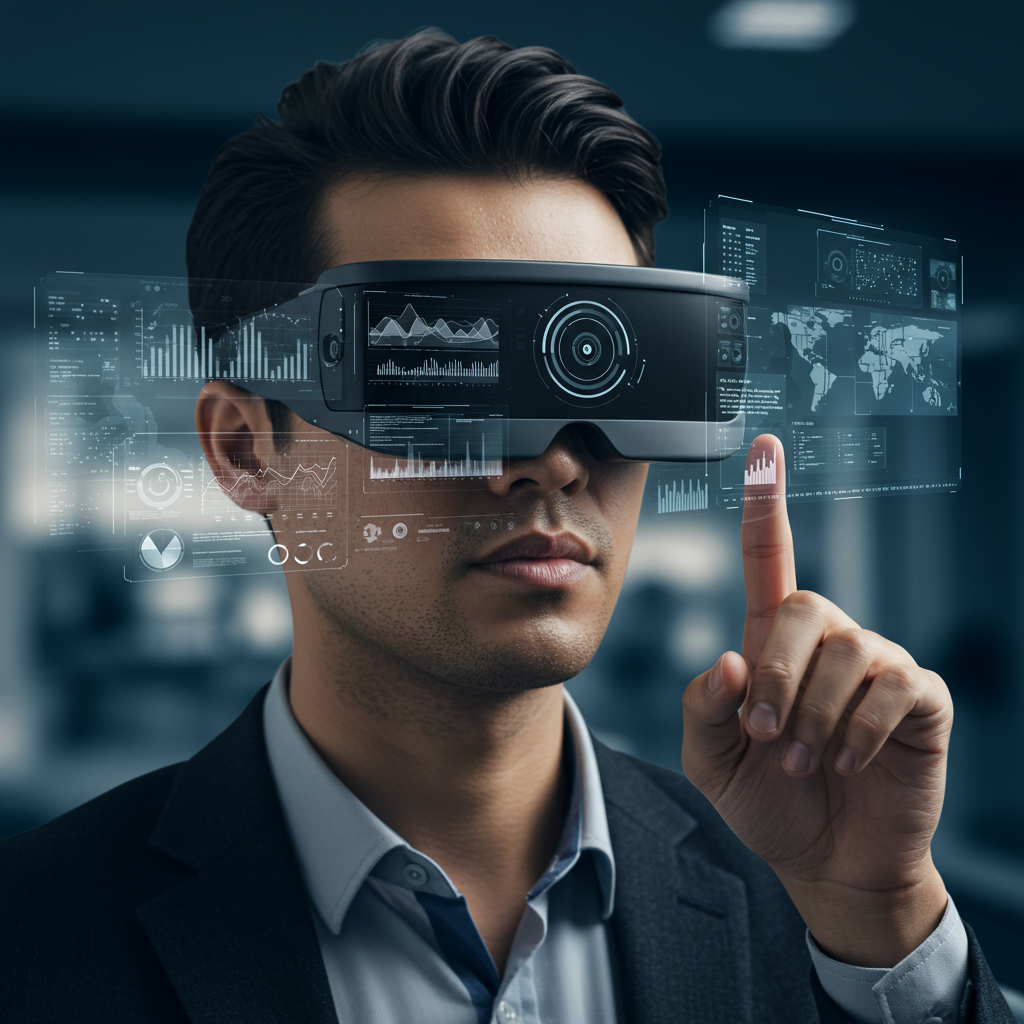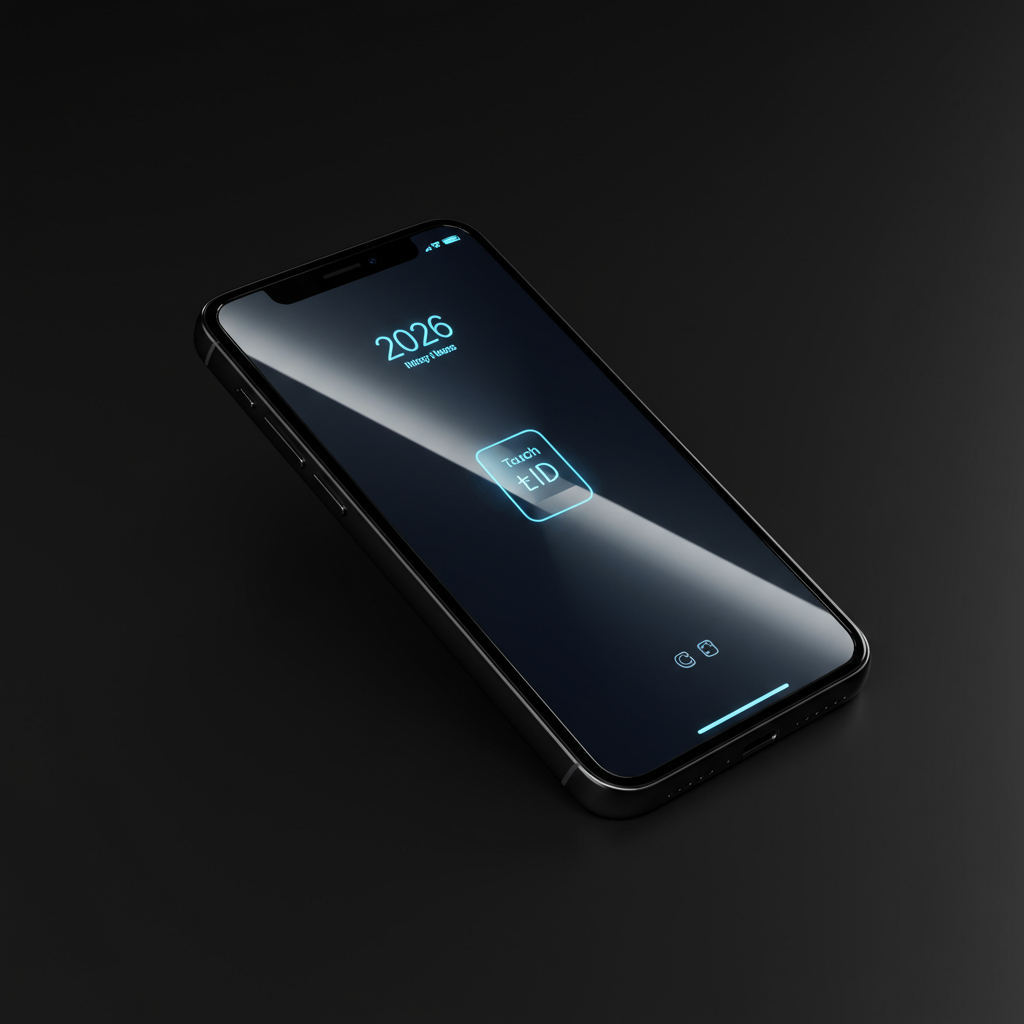Step into the future with Meta Ray-Ban Display glasses, Meta’s latest smart eyewear featuring an innovative Neural Band for intuitive control. Discover a new era of wearable technology, blending cutting-edge augmented reality with iconic style. This in-depth look explores the magic and frustrations of Meta’s $799 display glasses, offering first impressions and critical insights into their groundbreaking features. We examine how these advanced smart spectacles redefine daily interaction, highlighting both their triumphs and current limitations.
Unpacking the Future: Initial Impressions
Experiencing Meta Ray-Ban Display glasses for the first time is truly transformative. It feels both alien and profoundly fascinating. These bleeding-edge smart glasses, priced at $799, promise a leap into augmented reality (AR). While moments of pure technological magic shine through, there are also frustrating limitations.
Initial demos at Meta Connect hinted at the device’s potential. Unboxing my own pair and pairing the innovative Neural Band unleashed many questions. The future of personal tech certainly feels closer, yet still somewhat nascent. This is an early dive ahead of a comprehensive review.
Initial Fascination and Frustration
The blend of excitement and disappointment is palpable. These Meta Ray-Ban Display glasses are an impressive piece of engineering. They hint strongly at what future wearable tech will embody. Their design itself showcases a forward-thinking approach.
However, the experience isn’t seamless. At times, the promise of hands-free interaction delivers flawlessly. Other instances reveal performance snags and integration gaps. This first-generation device offers an engaging, albeit imperfect, glimpse into AR eyewear.
The Neural Band: A Game-Changing Interaction
The accompanying neural wristband is arguably the true innovation here. It fundamentally sets these Meta Ray-Ban Display glasses apart. Unlike previous smart glasses, control extends beyond voice or discreet taps on the frame. This device ushers in a new paradigm for interaction.
The Neural Band uses electromyography (sEMG) technology. It measures subtle neural impulses on your wrist. These impulses translate into precise hand gestures. This makes the entire experience feel genuinely next-level.
How sEMG Redefines Control
Surface electromyography (sEMG) senses muscle activation. It allows for highly precise finger tracking. Crucially, it does this with remarkably low power consumption. Your hand doesn’t even need to be in the camera’s view. This enables discreet control in any setting.
Gestures are remarkably intuitive. A double-tap of the middle finger and thumb summons the display. Swiping your thumb on a curled fist navigates menus. Tapping fingers selects options. This system delivers consistent haptic feedback for every command.
Adjusting to Intuitive Gestures
Initially, remembering the specific gestures might seem daunting. However, adaptation occurs quickly. Most users report adjusting within a day. The key is that all these taps, swipes, and turns are executed with just one hand.
For example, choosing an app involves thumb-swiping on a curled fist. A two-finger tap then confirms the selection. This unique control method is often described as feeling like “magic” due to its accuracy. A future software update will even allow finger-tracing letters on surfaces for text input.
Design & Comfort: Style Meets Technology
The aesthetic of the $799 Meta Ray-Ban Display glasses is a blend of chunky and stylish. Their design feels meticulously finessed and premium. They are noticeably thicker than standard Ray-Ban frames at 69 grams, compared to 45g for regular glasses. This uniform thickness accommodates the advanced display technology.
Despite the added heft, comfort is generally good for extended wear. The thick arms feature elegant hinges. Comfortable nose pads ensure a secure fit. The fold-down charging case is also a sleek, portable solution.
Aesthetics and Wearability
While the reviewer personally appreciated the shiny black frames, aesthetic opinions varied. Family members sometimes found them less flattering. This highlights the subjective nature of wearable tech design. The uniform thickness helps disguise some of the tech.
However, the added bulk makes it clear these are not regular glasses. Some users might find this a deal-breaker. Comfort during short sessions is good, but all-day wear can vary. Proper fit is crucial, especially since they lack adjustable nose pads.
Transition Lenses and Display Clarity
A practical and highly appreciated feature is the inclusion of transition lenses. These lenses automatically dim background glare. This not only makes them excellent sunglasses but also significantly enhances display readability. The small heads-up display appears clearly in diverse lighting conditions.
The transition effect ensures the display is viewable both indoors and outdoors. This seamless adaptability adds significant value. It removes the need to switch between different pairs of glasses.
A Glimpse Through the Monocular Display
The display itself is a small, high-resolution heads-up screen. It is visible only in the right eye. The image appears clear and highly readable. It’s often described as “ghostly” due to its on-demand nature. It pops up when summoned and fades slowly when not needed.
The waveguides projecting the display are incredibly subtle. They are barely visible as fine lines on the lens. Others can barely discern the display when active, ensuring user privacy. Less than 2% light leakage is an impressive technical achievement.
Display Quality and Privacy
The 600×600 resolution display boasts a 90Hz refresh rate. It can adjust brightness from a low of 30 nits to a bright 5,000 nits. This ensures readability in varied environments, from dim rooms to bright sunlight. Its 42 pixels per degree (PPD) rating is technically impressive for its small scale.
Crucially, the display maintains privacy. Content is not visible to others, even upon close inspection. This is a significant improvement over earlier monocular smart glasses. It enhances discreet use for messages or notifications.
The “Monocular Problem” and User Experience
A notable limitation is the monocular nature of the display. It’s only in one eye, leading to a “binocular mismatch.” Many users, particularly those not right-eye dominant, report eye strain or discomfort. This makes extended viewing, like watching videos, impractical.
Meta’s decision for a single display was cost-driven. A binocular setup would be more than twice as expensive. It would also add significant weight and bulk. While understandable, this compromises the immersive potential of the Meta Ray-Ban Display glasses. Eye tracking, missing from this iteration, would also significantly enhance interaction by allowing users to simply “look and pinch.”
Real-World Wonders and Worrying Limitations
During testing, several moments highlight the genuine magic of these Meta Ray-Ban Display glasses. Yet, glaring limitations also emerge. The experience is a mixed bag of innovation and areas for improvement. This underscores the early stage of wearable AR.
The Snapdragon AR1 Gen 1 chipset, while capable, is two years old. This contributes to occasional sluggishness and lag. Such performance issues impact the overall user experience, especially compared to the flawless Neural Band.
Moments of Magic: AI, Zoom, and Live Captions
Imagine walking in a park, seeing geese, and silently zooming in with a finger pinch. The heads-up viewfinder appears, allowing for quick photo capture. The narrow digital zoom is effective, a capability absent from standard smart glasses.
Asking Meta AI about books in a bookstore provides instant text summaries. This can be more helpful than just audio information. Live captioning is another powerful feature. It transcribes conversations in real-time, floating over the speaker’s head. This is an excellent accessibility tool, even with occasional inaccuracies.
Driving Concerns and App Ecosystem Gaps
A significant concern arose when driving. The display remained active without automatic deactivation. While a driving awareness mode exists, it’s not the default. This raises safety questions. On-glasses Maps also shows local cafes but lacks the comprehensive navigation of a smartphone.
The Meta Ray-Ban Display glasses are surprisingly disconnected from phone functionality. You cannot watch movies, browse social media feeds, check email, or use the general internet. Users frequently find themselves reverting to their phones for most digital tasks. This limited app integration is a major hurdle for widespread adoption.
Powering Your Vision: Battery Life and Charging
Battery life presents another significant practical limitation. Meta claims up to six hours for the glasses. However, real-world usage often yields only three to four hours. This is shorter than standard Gen 2 Meta Ray-Bans. For a device intended for all-day wear, this is a clear drawback.
The Neural Band fares better, lasting a full day on a single charge (around 18 hours). However, it adds another device to monitor and charge. The band uses a unique magnetic-pin charge cable. The glasses charge via USB-C within their case. Managing multiple chargers and daily battery anxiety becomes a common user complaint.
The Road Ahead: Potential and Pitfalls
The Meta Ray-Ban Display glasses represent a bold step into the future of wearable technology. The Neural Band is a genuine breakthrough, redefining how we interact with digital interfaces. This sEMG control system is truly revolutionary. It holds immense potential for future smart devices.
However, the current iteration faces significant challenges. The monocular display causes discomfort for many. An outdated chipset leads to performance issues. The limited app integration restricts functionality. These factors prevent the glasses from becoming an indispensable, all-day device. Meta’s vision is clear, but execution needs refinement. Future versions will likely address these current limitations, perhaps with binocular displays and more powerful processors.
Frequently Asked Questions
How does the Meta Neural Band enhance interaction with smart glasses?
The Meta Neural Band employs surface electromyography (sEMG) to detect subtle muscle activations and neural impulses in the wrist. This allows for precise, discreet finger and hand gestures to control the Meta Ray-Ban Display glasses’ interface. Users can summon the display, navigate menus, select items, and zoom with simple, one-handed movements like pinching and swiping, without needing to keep their hand in view. This offers a more intuitive and less conspicuous interaction method than traditional voice commands or frame taps.
Are Meta Ray-Ban Display glasses comfortable for all-day wear?
While the Meta Ray-Ban Display glasses feature a premium design with comfortable nose pads and elegant hinges, their 69-gram weight and thicker frames are noticeable compared to standard glasses. Many users find them comfortable for shorter durations, but some report discomfort or eye strain from the monocular (right-eye only) display during extended use. Additionally, the limited battery life (3-4 hours) for the glasses themselves often precludes true all-day wear without frequent recharging.
What are the main limitations of the Meta Ray-Ban Display glasses at launch?
Key limitations include the monocular display, which can cause eye strain for some users, and a relatively short battery life of 3-4 hours for the glasses. Performance can be sluggish due to an older Snapdragon AR1 Gen 1 chipset. Crucially, the glasses have limited app integration, unable to display movies, social media feeds, or general internet browsing, often forcing users back to their smartphones. The Neural Band also requires its own separate charging, adding to device management.




